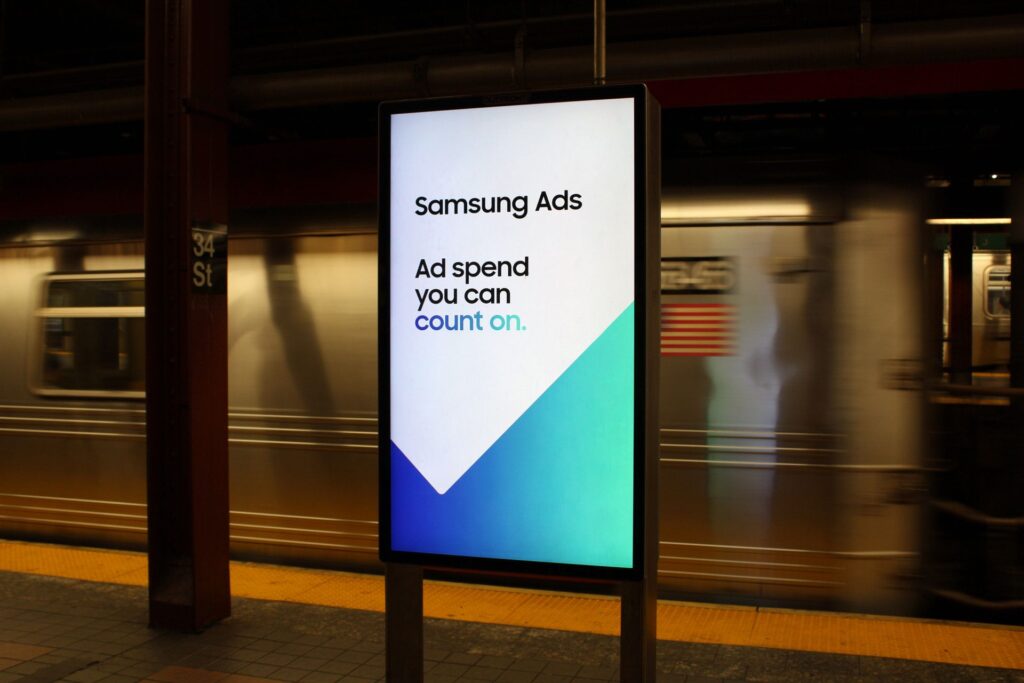
Everyone knows the Kenmore appliance brand. And that’s both an asset and an obstacle for the appliance brand, which is retailed in Sears and Kmart stores and Web sites.
“Most people’s image of Kenmore is that we’re very reliable, we make a great product, and everyone’s parents and grandparents owned Kenmore,” says Rich Goldsmith, social media manager for the brand. “We want to show people that we make a very contemporary product that’s right for now.
“We have a great product, but people are expecting a lot more from their brands these days,” he says. “They want to be able to identify with their brands and to say, ‘This brand matches my lifestyle.’ That’s why Subzero and Wolf have a very low installed base [of buyers] but a lot of interest online. People identify with brands, and that’s what Kenmore is trying to do.”
One way the brand is doing that this month is with a contest being promoted by influential bloggers from the BlogFrog community of bloggers that asks readers to submit their “biggest household challenge” in exchange for a chance to win an iPad 2.
Those user-generated comments are then captured on a Sponsored Conversations widget developed by BlogFrog that aggregates all content to a curated hub page at http://theblogfrog.com/p/kenmore-challenge/default.aspx#/1503350.The widget can reside either on a Web site or a Facebook page. Content creators are also required to like the Kenmore Facebook page to enter the contest.
“It’s a line of code that you can paste into any blog or Web site, and it creates a community page where all the like-minded readers can talk to each other,” says Rustin banks, BlogFrog CEO. “They can ask questions, or share photos and videos. At its core, BlogFrog is a community platform that’s used by bloggers to let their readers interact.”
At the end of April, the Kenmore “Household Challenge” social contest will end, and a winner of the iPad 2 chosen randomly from among the user entries, of which there are more than 2,100 at press time. BlogFrog is responsible for administering the Household Challenge drawing and for handing out the prize.
The campaign and contest launched earlier this month among 40 influential mommy bloggers who make up some of the 65,000 members belonging to the BlogFrog blog network, with a viewership of 5.5 million moms monthly. The 40 blogs chosen have a combined monthly readership of 3.5 million.
Those 40 put up posts in their own words about the contest and about their own household challenges, ranging from kids’ clothes everywhere to jumbled storage containers under the counter. The bloggers included a mention of the iPad 2 contest from Kenmore and directed their readers to go like the Facebook page and then enter their own biggest household headache. They also posted the required disclosure that the post was sponsored by Kenmore, and most added that the opinions were their own.
There’s no requirement that the challenges explicitly involve appliances, much less specifically the Kenmore brand. But Goldsmith says generating discussion in the social space about pain points in household management is very often a door to discussing how more efficient design could help—including new appliances.
“What we’re seeing mostly is problems that can actually be solved by appliance buying,’” says Goldsmith. “Whether it’s time-saving issues in putting away laundry or cleaning that stain to things that will help them get their family together, a lot of these comments really do fit right into our wheelhouse.”
The Household challenge comes with very light branding for Kenmore—really just a logo and the Facebook page like requirement. The main aim of the blogger campaign is to generate buzz and jump-start conversation for a broader online and social campaign by Kenmore in May revolving around “Genius Tips” and the expert content Kenmore is now publishing on its main Web site and the live expert demos contained on the Kenmore Live Studio on Facebook.
Like the Household Challenge, that upcoming “Genius Tips” campaign will subordinate the Kenmore brand name to supplying participants with crowd-sourced answers to their questions and concerns, says Goldsmith. “We will still be trying to show people that we have those solutions without beating people over the head with [our brand]. That’s the way you need to proceed in social media.”
Why do this kind of sharing with a platform such as BlogFrog? The primary benefit is metrics, says Banks. “We can tell a brand the total size of the audience they’ve engaged with the initial posts, the combined readers and Twitter followers of all these participating bloggers. Then we can report on how many engagements they’ve had on the hub page since the campaign began. We can also measure other things such as the number of impressions for the ‘Household Challenge’ on blogs, Facebook and Titter, and the number of Facebook likes driven.”
Other brands have taken advantage of social communities to get their message out inside of blogs. Mrs. Meyer’s Clean Day cleaning products recently ran a campaign that gathered user comments about cleaning tips onto a hub page built by SocialMoms and then syndicated those out through an expandable rich media ad intended for blog display and other mommy-relevant Web pages.
 Network
Network

